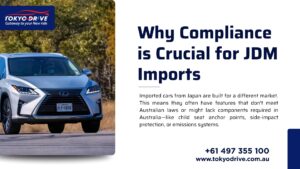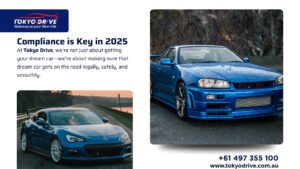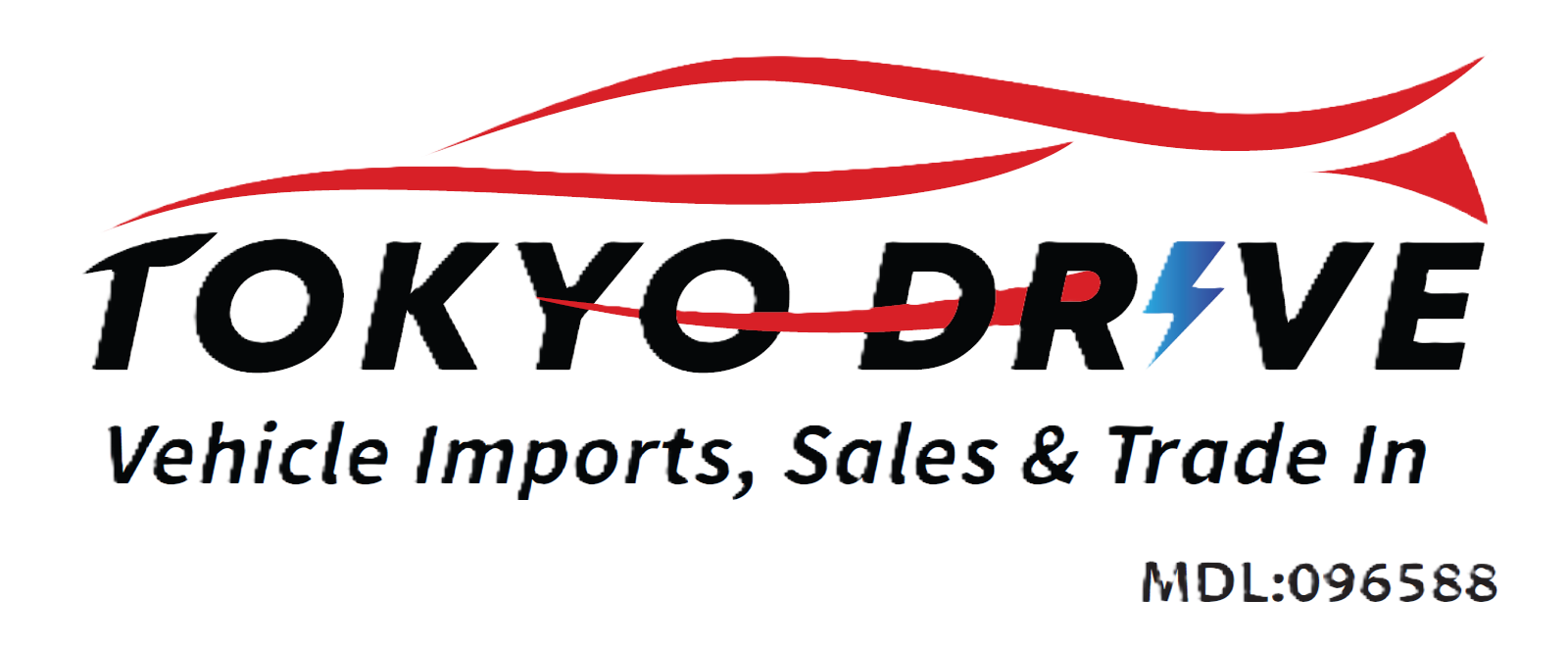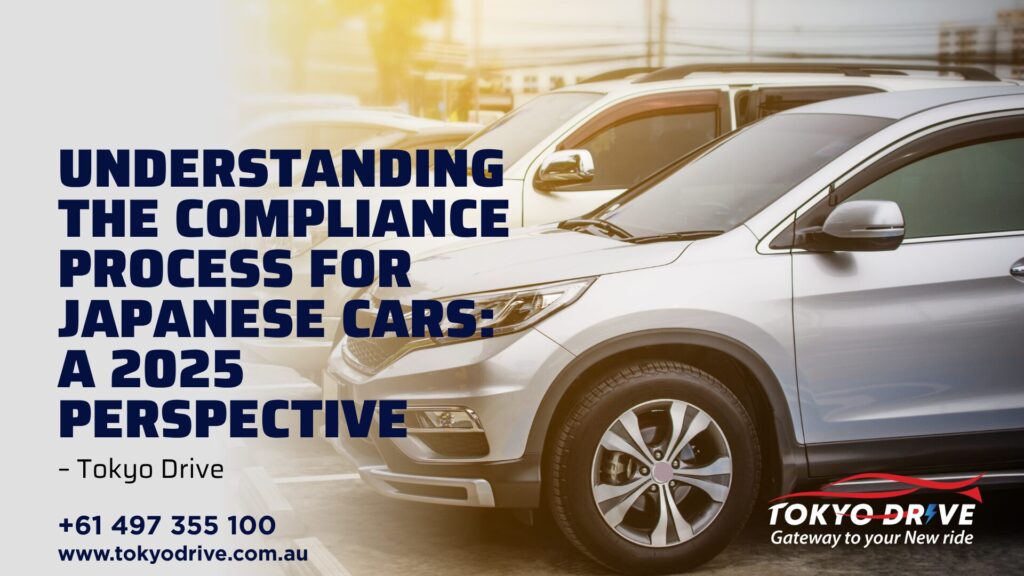If you’re someone who dreams of driving a sleek, turbocharged Japanese import on Australian roads, you’re not alone. Here at Tokyo Drive, we know how exciting it is to get your hands on a JDM vehicle—but before you hit the gas, there’s one major checkpoint you can’t ignore: compliance.
In this blog, we’ll walk you through the full compliance process for Japanese cars in 2025, explaining what it means, why it matters, and how you can navigate it smoothly. Whether you’re a first-time buyer or a seasoned importer, understanding compliance can save you time, money, and stress.
What is Vehicle Compliance?
Compliance refers to the legal process of ensuring that imported vehicles meet Australian Design Rules (ADR). These are a set of safety, emission, and anti-theft standards that all vehicles must meet before being registered for use in Australia.
For Japanese cars, especially older or modified models, the compliance process ensures the vehicle is roadworthy and environmentally acceptable under local regulations. If you skip or overlook this step, your import could become a very expensive driveway ornament.
Why Compliance is Crucial for JDM Imports
Imported cars from Japan are built for a different market. This means they often have features that don’t meet Australian laws or might lack components required in Australia—like child seat anchor points, side-impact protection, or emissions systems.

A vehicle without proper compliance:
- Can’t be legally registered in Australia
- May fail safety checks or emissions tests
- Could be seized by authorities in extreme cases
That’s why Tokyo Drive always recommends following the proper compliance procedures—especially for Japanese performance cars and rare models.
Steps in the Compliance Process (2025 Guide)
Let’s break down the key steps in getting your Japanese import compliant in 2025:
1. Eligibility Check
First, ensure that your chosen Japanese car is eligible for import under the Specialist and Enthusiast Vehicle Scheme (SEVS). This scheme determines which vehicles can be imported due to their uniqueness or performance value.
2. Import Approval Application
Before the car leaves Japan, you must apply for Import Approval from the Department of Infrastructure, Transport, Regional Development and Communications in Australia. Without this, your vehicle can be held at the border.
3. Shipping and Arrival
Once approved, your car is shipped to Australia. When it arrives, it goes through customs clearance, quarantine inspections, and tax assessments (such as Luxury Car Tax if applicable).
4. Compliance Workshop
The car must then go to a Registered Automotive Workshop (RAW) that’s certified to carry out compliance upgrades. These upgrades may include:
- Installing child restraints
- Replacing instrument clusters with km/h speedometers
- Adding side-impact protection bars
- Modifying headlights
- Updating emissions systems
5. Vehicle Inspection and Registration
Once the compliance work is complete, your car is inspected by a state-based authority (like RMS in NSW or VicRoads in Victoria). After passing this inspection, you can officially register your Japanese import and legally drive it on Australian roads.
Tips from Tokyo Drive: Smooth Compliance Experience
Here are a few tips we at Tokyo Drive always share with our buyers:
- Do your research on eligible models
- Choose a reliable RAW compliance workshop
- Budget for all costs including taxes, shipping, compliance, and registration
- Don’t cut corners—ensure every modification is done right
- Ask for a compliance certificate after the upgrades are done
Common Compliance Issues to Watch Out For
- Incorrect Speedometer Readings – Must display in km/h
- Missing Emission Equipment – Some older models may not meet standards
- Inadequate Lighting Systems – Must comply with ADR guidelines
- Brake and Suspension Modifications – Must be assessed for safety
Tokyo Drive helps you identify these red flags early and avoid any issues.
Compliance for Modified Japanese Cars
If you’re importing a modified JDM car, be extra cautious. Major changes to engine, turbo, suspension, or exhaust may make the car ineligible for import or require additional engineering certification. Make sure the seller provides full documentation and dyno reports.
Conclusion: Compliance is Key in 2025
By 2025, the rules and regulations around Japanese car imports continue to evolve, making it more important

than ever to understand the compliance process. At Tokyo Drive, we’re not just about getting your dream car—we’re about making sure that dream car gets on the road legally, safely, and smoothly.
Let Tokyo Drive be your trusted guide in navigating the world of Japanese imports in Australia.
Follow Tokyo Drive on Facebook Marketplace to explore our range of imported cars and get expert help with compliance and beyond.


